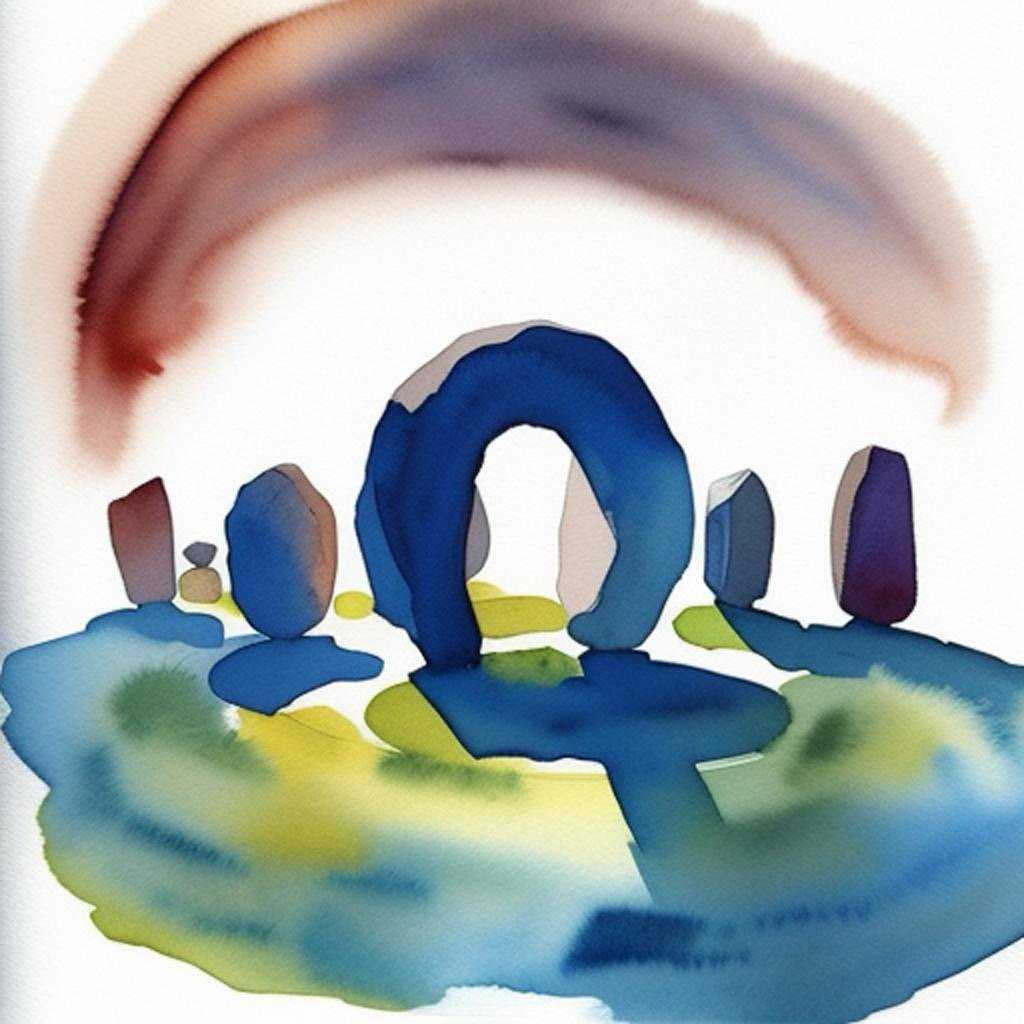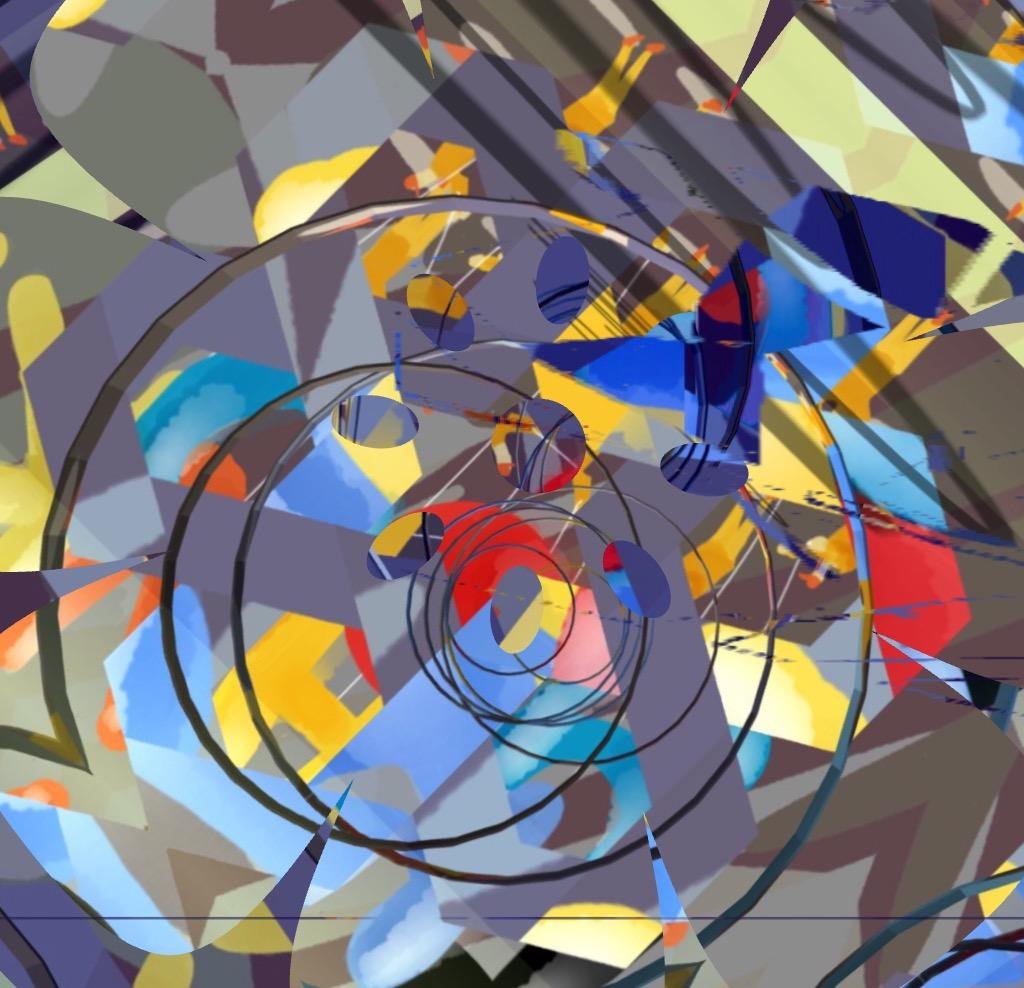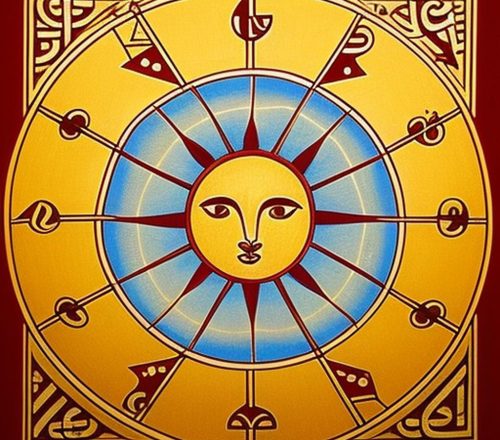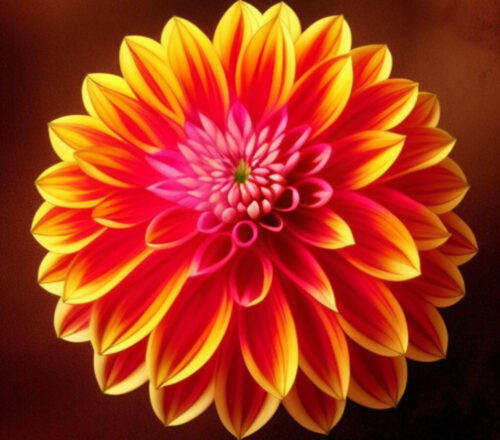
Table of Contents
Ancient Irish texts, poems, and songs
There are several ancient Irish texts, poems, and songs that provide insights into the early times and the legends of Ireland. These texts and songs often blend history, mythology, and folklore, making them invaluable sources for understanding the culture and beliefs of ancient Ireland.
Here are a few notable examples (with Amazon reference)
- Táin Bó Cúailnge (The Cattle Raid of Cooley): This epic tale, often referred to as the “Táin,” is one of the central stories of Irish mythology. It tells the story of the cattle raid conducted by Queen Medb of Connacht and her armies against the kingdom of Ulster. The epic is filled with heroic deeds, battles, and legendary figures, including the hero Cú Chulainn.
- Lebor Gabála Érenn (The Book of Invasions): This ancient Irish text traces the mythical history of Ireland, describing a series of invasions and settlements by different groups, including the Tuatha Dé Danann and the Milesians. It blends myth and history to create a narrative of Ireland’s early inhabitants.
- Dindsenchas: The Dindsenchas is a collection of Irish texts that explain the origins and mythology associated with various place names in Ireland. Each text recounts the story, history, or legend tied to a specific location, shedding light on the significance of these places in early Irish culture.
- Early Irish Poetry: Early Irish poets composed poems known as “Dán Díreach,” which were often praise poems dedicated to kings, heroes, and legendary figures. These poems provide insights into the values and ideals of early Irish society.
- Ancient Irish Music and Songs: Ireland has a rich tradition of music and song, and some of the melodies and lyrics from ancient times have been preserved. These songs often tell stories of love, loss, and heroic deeds, providing a glimpse into the emotional and cultural life of early Ireland.
- Ogham Stones: Ogham is an ancient Irish script that was carved onto stones and other objects. These inscriptions often contain personal names and other information. While not songs or scriptures, they are important historical artifacts that provide linguistic and cultural insights into early Ireland.
These texts, poems, and songs are treasured parts of Ireland’s cultural heritage and have been studied and preserved for generations, offering a window into the beliefs, legends, and history of early Ireland.
Irish stone circles: origin, meaning
Irish stone circles, like their counterparts in other parts of the world, are intriguing archaeological and cultural features that have sparked much interest and debate among researchers and enthusiasts. While the specifics of each stone circle can vary, here’s what is generally known about them in terms of their origin and potential meanings:
Origin:
- Neolithic and Bronze Age: Many Irish stone circles are believed to have been constructed during the Neolithic and Bronze Age periods, which spanned from around 4000 BC to 500 BC. These circles are thousands of years old, making them among the oldest human-made structures in Ireland.
- Purpose: The exact purpose of these stone circles remains a subject of debate, as they predate recorded history in Ireland. However, there are several theories about why they were built:
Possible Meanings:
- Astronomical Alignment: Some stone circles are aligned with celestial events, such as solstices or lunar cycles. These alignments could suggest that the circles had an astronomical or calendrical purpose, marking significant events in the agricultural calendar.
- Religious and Ritualistic: Many researchers believe that stone circles had religious or ritualistic significance. They might have been used for ceremonies, gatherings, or as places of worship, potentially involving the veneration of ancestors or nature deities.
- Social and Communal: Stone circles may have served as communal gathering places for early farming communities. They could have been venues for important social events, discussions, and decision-making within these ancient societies.
- Funerary: In some cases, stone circles are found in proximity to burials, suggesting a connection with funerary rituals. They may have played a role in honoring and remembering the deceased.
- Symbolism: The arrangement and orientation of stones within a circle may have held symbolic significance, representing aspects of the natural world, the cosmos, or the community itself.
- Boundary Markers: In some instances, stone circles have been found near the boundaries of ancient territories. This suggests they could have served as territorial markers or as a means of demarcating landownership.
It’s important to note that the interpretation of stone circles can vary widely depending on the specific site, its geographical location, and the archaeological evidence available. The meanings and functions of these circles likely evolved over time and may have served multiple purposes within their respective communities.
Irish stone circles remain enigmatic and continue to be subjects of ongoing archaeological research and exploration, as they provide valuable insights into the ancient cultures and beliefs of Ireland’s distant past.
Could it have been a kind of court place of the high Kings
The idea of Irish stone circles serving as court places or ceremonial gathering sites for the High Kings of Ireland is an intriguing hypothesis, but it’s important to approach this concept with caution. While there’s no definitive evidence to support this theory, it’s not entirely implausible given the significant role that some stone circles played in ancient Irish culture and the connections between Tara and the High Kings.
Here are some points to consider:
- Tara’s Role: Tara was historically regarded as the primary ceremonial and political center in Ireland, where High Kings were inaugurated and assemblies took place. It’s possible that nearby stone circles, if they existed in the vicinity, could have been used for related ceremonies or as extensions of the Tara complex.
- Ceremonial Gatherings: Stone circles, due to their circular layout and prominent positioning, may have been suitable for ceremonial gatherings, including those involving the High Kingship. These gatherings could have included the inauguration of High Kings, religious rituals, and other important events.
- Astronomical Alignments: Some stone circles in Ireland are known to have astronomical alignments, which could have been used to mark significant dates or celestial events related to the High Kingship or other important occasions.
- Local Variations: It’s worth noting that not all stone circles in Ireland are the same. They vary in size, structure, and possibly in their functions. While some may have had a connection to political or religious events, others could have served different purposes within their local communities.
While the concept of stone circles as ceremonial or court places for the High Kings is plausible, it’s challenging to draw definitive conclusions without direct archaeological evidence or historical records explicitly confirming such usage. Archaeological research and excavations at specific sites, along with a deeper understanding of the broader historical context, are necessary to shed more light on these intriguing possibilities.
Shop tips on Amazon
- Ogham is an ancient Irish script
- music and song
- Dán Díreach,
- The Cattle Raid of Cooley
- The Book of Invasions
- The Dindsenchas
The High Kings, Tara,
and the mystique of stone circles
In Tara’s ancient heart, where legends sigh,
The High Kings’ spirits soar, they touch the sky.
Amidst the stone circles, secrets softly told,
In shadows cast by history, brave and bold.
Beneath the emerald cloak of Ireland’s land,
The High Kings rose with power, a noble band.
Their crowns of ancient oak, in Tara’s grace,
They ruled with wisdom, love, and fearless grace.
Stone circles ‘neath the stars, their myst’ries weave,
A cosmic dance, where ancient spirits cleave.
In twilight’s whispered hush, the stones enthrall,
The High Kings’ echoes rise, o’er Tara’s call.
Oh, Tara’s sacred mound, where time’s embrace,
Reveals the hidden paths, a sacred space.
In stone and verse, the ancient stories live,
Where High Kings’ legacy, they freely give.
So, raise your voice in song, the harp’s sweet strain,
In Tara’s ancient grove, where memories remain.
With stone and crown, let’s honor days of old,
In Irish hearts, the High Kings’ tales are told.
May this poem capture and honor the enigmatic spirit of Tara, the High Kings, and the stone circles ! ✨
Sources openai Language models, aitrot, picsart and mib
Embark on a journey into the realm of affiliate marketing and craft your own website within a vibrant, supportive community. Join me in this adventure, where you can begin as a free starter and stay as long as you desire. Enjoy complimentary hosting and foundational teachings to set you on your path. For those with advanced skills, opportunities to elevate your expertise await. Take a moment to explore and witness the magic for yourself!




